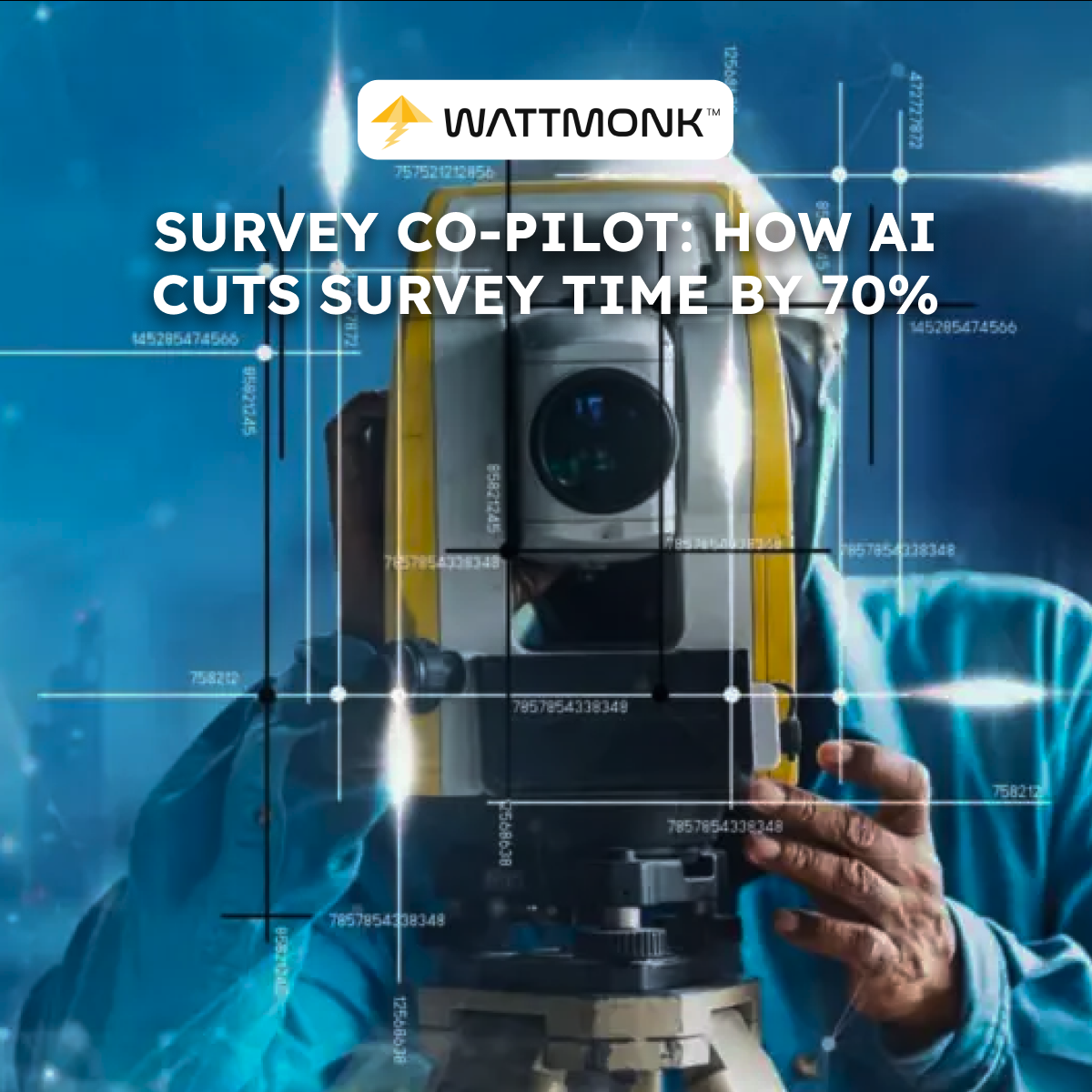Global solar capacity is projected to cross 5,000 GW by 2030, but the real challenge isn’t installation — it’s keeping those systems performing at their best. Solar O&M (Operations and Maintenance) already account for a significant share of lifetime project costs, and studies show that up to 40% of those costs can be reduced with AI-driven monitoring and predictive maintenance.
For solar installers and asset managers, this shift is changing the game. Instead of reacting to breakdowns or relying on periodic manual checks, AI tools now provide real-time visibility, predictive insights, and faster decision-making. The result? Lower downtime, longer asset life, and improved returns.
Solar O&M is no longer just about sending technicians to the field. It’s becoming data-driven, proactive, and powered by AI — and the businesses that adapt today will lead tomorrow.
Why Traditional Solar O&M Falls Short?
For years, solar O&M has relied heavily on manual processes and reactive maintenance. Technicians visit sites only after issues surface, or conduct periodic checks that often miss early warning signs. This approach has a few key drawbacks:
High downtime: Problems are discovered only after they’ve already reduced system performance.
Costly repairs: Small issues left unchecked turn into major equipment failures, driving up O&M expenses.
Inefficient labor use: Skilled technicians spend time on routine checks rather than targeted problem-solving.
Data blind spots: Without continuous monitoring, asset managers lack clear visibility into system health and long-term performance trends.
The Shift Toward Data-Driven Solar O&M
The solar industry is moving from a reactive mindset to a predictive and data-driven approach. Instead of waiting for faults to occur, AI-enabled monitoring systems analyze streams of performance data in real time.
Consider the numbers:
Predictive maintenance can cut O&M costs by up to 40% compared to traditional methods.
AI-powered anomaly detection improves fault identification accuracy by over 90%, reducing unnecessary service visits.
According to Wood Mackenzie, digital O&M platforms can boost solar plant profitability by 10–20% through smarter maintenance scheduling and faster interventions.
With performance data logged continuously, asset managers gain 24/7 visibility into system health instead of relying on quarterly or annual checks.
AI Tools Reshaping Solar O&M
AI tools are transforming solar O&M by turning raw data into actionable insights. They allow installers and asset managers to monitor performance, predict failures, and resolve issues faster than ever.
Key ways AI is reshaping O&M:
Real-time monitoring & anomaly detection: AI analyzes performance data from inverters, panels, and storage systems to spot inefficiencies or potential failures before they escalate.
Predictive maintenance: Machine learning models forecast equipment degradation and schedule maintenance only when needed, cutting costs and reducing downtime.
Enhanced reporting: Automated dashboards provide a clear picture of system health, performance trends, and maintenance history, helping managers make informed decisions.
How Wattmonk AI tools fit in:
Survey Co-Pilot: Reduces survey errors, preventing installation issues that often lead to O&M headaches.
Plan Set QC: Ensures compliance and design accuracy upfront, minimizing rework and field corrections later
WattPay: Speeds up QC approvals and financing processes, helping projects stay on track and quickly resolve performance issues.
Benefits for Installers and Asset Managers
The move toward AI-powered solar O&M isn’t just about adopting new technology—it’s about solving everyday challenges that installers and asset managers face. The benefits are tangible and measurable:
Reduced downtime: Predictive maintenance and real-time alerts ensure issues are addressed before they disrupt energy production.
Lower O&M costs: Smarter scheduling and fewer truck rolls cut labor and repair expenses by up to 30–40%.
Improved system performance: Continuous monitoring keeps plants operating at peak efficiency, directly boosting ROI.
Faster troubleshooting: AI tools narrow down problem areas, allowing technicians to focus on fixes rather than spending hours diagnosing issues.
Better reporting for stakeholders: Automated analytics make it easier to demonstrate system reliability and long-term performance to investors and customers.
For solar businesses managing multiple projects, these benefits add up to stronger margins, happier customers, and more predictable operations.
Last Thoughts
AI is redefining how solar projects are monitored and maintained. What was once a reactive, manual process is becoming smarter, faster, and more precise. With real-time data, predictive maintenance, and intelligent reporting, installers and asset managers can cut costs, reduce downtime, and extend asset life.
The next phase of O&M will bring even more powerful tools—integrating IoT sensors, drones, and autonomous systems—but the real value lies in how these technologies work alongside human expertise.
At Wattmonk, we’re building that bridge today. From Survey Co-Pilot to Plan Set QC and WattPay, our AI-powered tools help solar businesses prevent issues, streamline operations, and protect long-term ROI. Because in the future of solar O&M, data isn’t just information—it’s the key to efficiency and growth.


